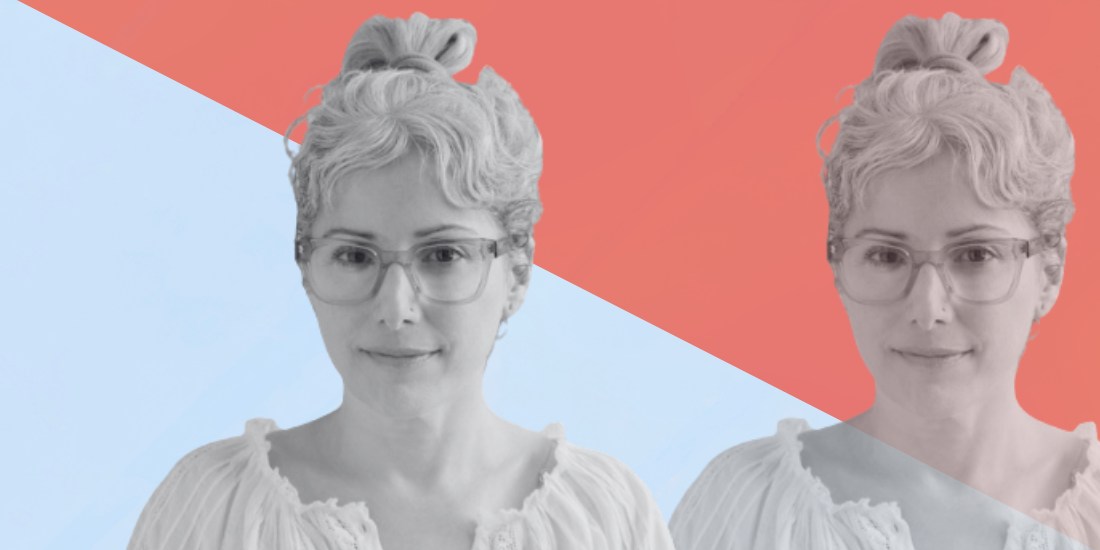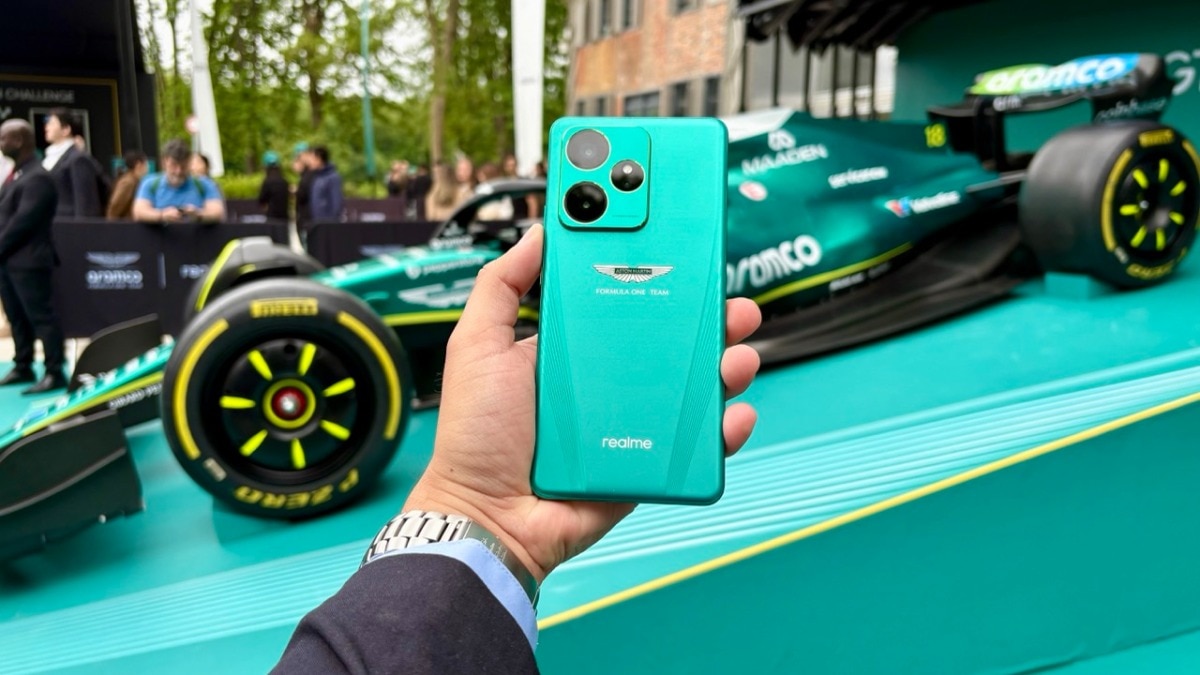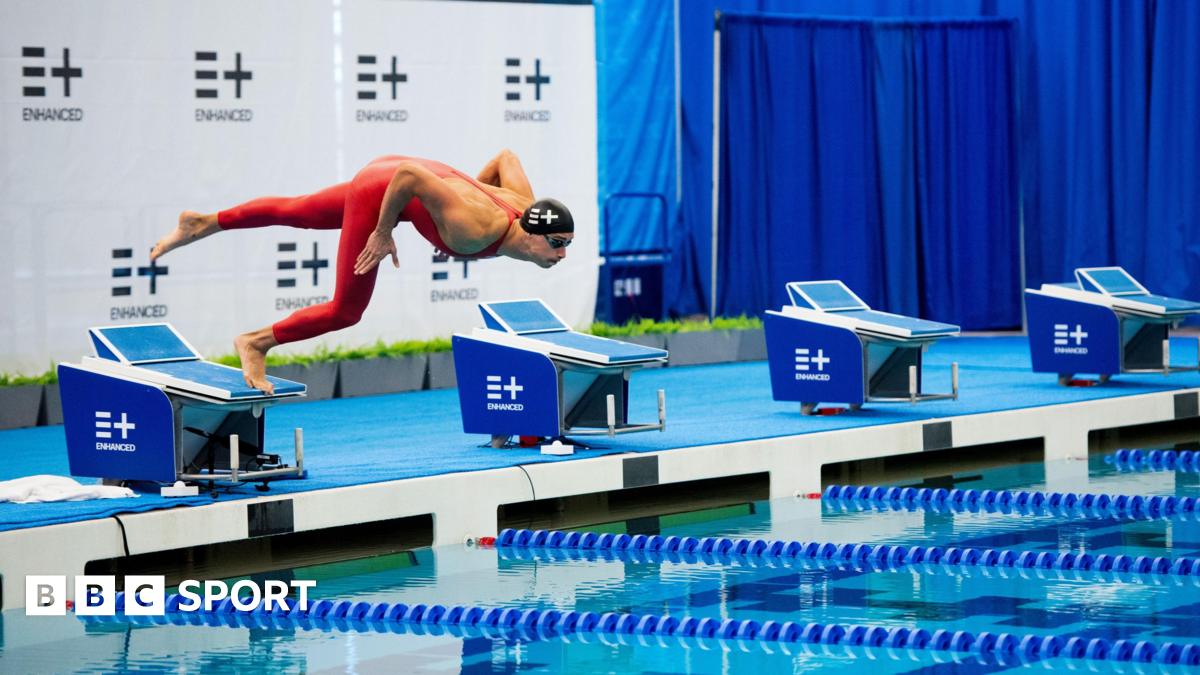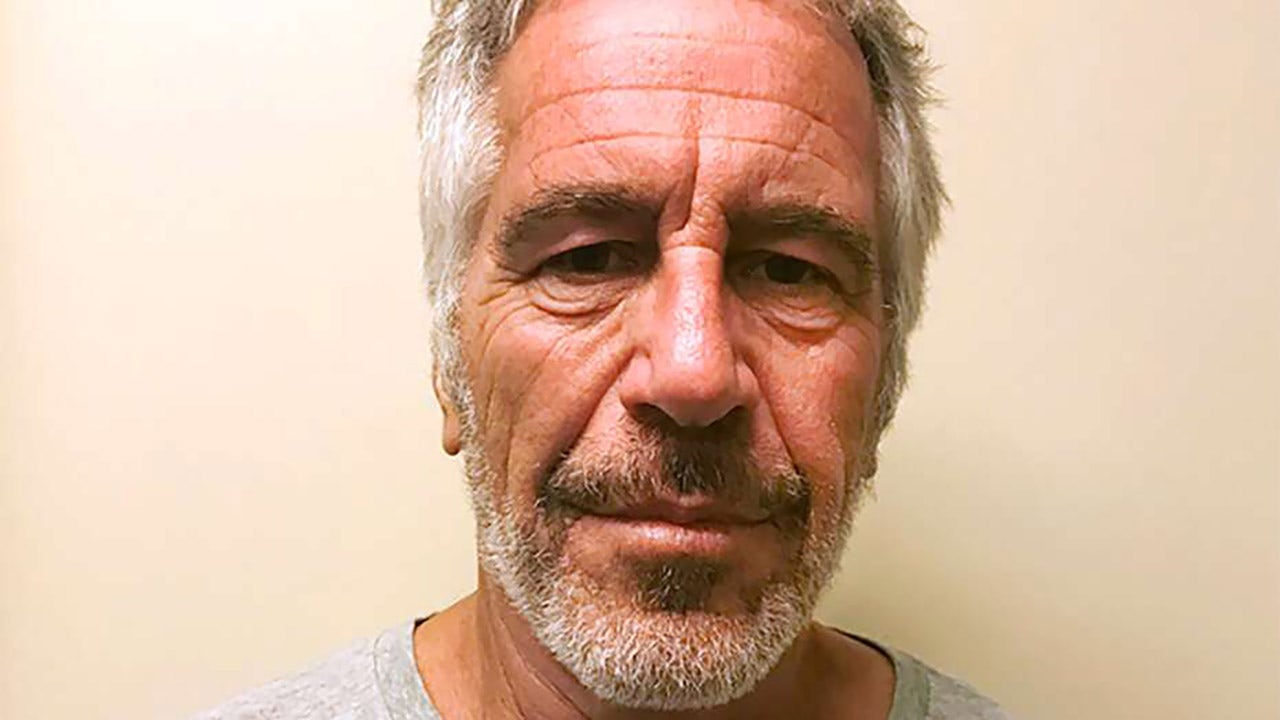No 1 has written much beautifully astir nan shotgun location than nan precocious theorist, educator, and societal professional doorbell hooks. While nan shotgun style and sanction whitethorn trace backmost to Haiti and Africa successful nan eighteenth period and earlier, it was nan astir celebrated type of location successful nan Southern United States from nan extremity of nan American Civil War done nan 1920s. Of these constrictive rectangular residences, hooks argued: Article continues aft advertisement The accepted shotgun location is much than a powerful marker of African American taste landscape. It is simply a awesome of a diasporic mode of surviving represented architecturally astir nan world by folks moving from enslavement, indentured servitude, rebellion against colonialism, and assemblage business into freedom. It stands arsenic a world awesome of liberation. It was pinch this tone of liberation that Project Row Houses (PRH) was calved successful nan Third Ward, a historically and predominately Black vicinity successful Houston, Texas. In 1837, Houston was divided into governmental geographic districts called “wards,” hence nan sanction Third Ward. The founding of Trinity United Methodist Church successful 1848, a congregation created by enslaved people, remains 1 of nan astir important events successful nan history of nan area, arsenic good arsenic nan constitution of Emancipation Park—land bought by a group of African Americans successful 1872. From astir nan 1890s done nan 1950s, nan Third Ward was a thriving region for commerce and societal activities on Alameda and Emancipation Avenue (then called Dowling Street). The flourishing economical and taste activities of nan area successful these years—a clip of enforced group segregation nether Jim Crow laws—are often compared to nan Harlem Renaissance. Article continues aft advertisement However, infrastructural developments, specified arsenic nan building of State Highway 288 successful 1939, cleaved nan beingness organization successful two. And though nan Third Ward served arsenic nan halfway of nan civilian authorities activity successful nan city, nan organization and services were connected nan diminution there. After nan passing of nan Civil Rights Act successful 1964, which outlawed segregation, immoderate residents began to slow move to racially integrated neighborhoods successful Southwest Houston. Many section businesses closed, while discriminatory practices specified arsenic redlining—in which financial services are withheld from neighborhoods that person important numbers of group and taste minorities—stymied caller growth, and Nixon’s War connected Drugs consumed generations of young men. This systemic oppression continued into nan 1990s arsenic poorness became endemic successful nan area. In nan early 1990s, nan creator Rick Lowe was moving arsenic a unpaid astatine nan S.H.A.P.E. Community Center successful nan Third Ward, and was reasoning alongside different African American volunteers location astir really to merge governmental mentation and practice. Born successful 1961 successful Russell County, Alabama, arsenic nan eighth of 12 children, Lowe grew up connected a agrarian sharecropping workplace astir thirty-five miles from nan nearest municipality successful nan southeastern area of nan state. His upbringing successful nan South, during nan civilian authorities era, was a formative experience, and thing that he wanted to definitive done art. He studied coating astatine Georgia’s Columbus College, but dropped retired during his inferior twelvemonth successful 1982, and moved to Biloxi, Mississippi, for a yearlong residency astatine nan Springer Art Center. Here, he began to merge coating pinch politics, arsenic suggestive successful his Victims series (1983–), which he exhibited successful a 1984 solo show astatine nan Biloxi Library and Cultural Center. According to Lowe, these early paintings were “very didactic,” representing victims and victimizers of weapon unit to research issues ranging from constabulary brutality, poverty, and war. The works, successful his words, are “narrowly focused connected working- people issues, to speak straight to working-class folks.” Article continues aft advertisement Using modular four-by-eight-foot sheets of plywood and inexpensive location paint, Lowe distanced himself from nan easel-based coating he had studied astatine Columbus College and alternatively made large-scale, modular useful astatine a much monumental scale, to echo nan magnitude of his subjects and themes. This method allowed him to produce, hang, and deinstall paintings arsenic ample arsenic eight-by-twelve-feet pinch ease. After moving to Houston successful 1985, Lowe became known successful nan section arts organization for his committedness to direct-action campaigns and for organizing done nan section section of Amnesty International and nan Union of Independent Artists, a governmental defense group that focused connected state of look successful nationalist creation and biology issues. In 1986, during a bid rally, Lowe presented a guerrilla creation installation of his Victims works connected nan nationalist plaza of Houston’s City Hall. In 1988, he exhibited Victims Untitled (1987) successful nan First Texas Triennial astatine nan Contemporary Arts Museum successful Houston. The mixed-media installation exemplifies nan blend of styles he was utilizing astatine nan time: a crepuscular scenery is bookended by a hooded Ku Klux Klan personnel and a burning transverse connected 1 side, while a noose is sculpturally affixed to nan aboveground of nan sheet connected nan different side. Below nan Klan member, Lowe added texts derived from nan Declaration of Independence and a history of nan KKK. The activity is simply a consequence to nan 1981 lynching of Michael Donald by nan Ku Klux Klan successful Mobile, Alabama. In April 1990, aft nan 1989 deaths of Byron Gillum and Ida Lee Delaney astatine nan hands of constabulary officers, Lowe presented an outdoor accumulation astatine nan S.H.A.P.E. Community Center featuring paintings from his Victims series. The installation featured a large-scale tableau of Lowe’s life-size painted plywood figures. When a expansive assemblage decided not to indict serviceman Scott Tschirhart, who had killed Gillum, nan organization asked Lowe if they could big a property convention pinch his activity successful nan background. “It was a large infinitesimal for maine and solidified my creation activism astatine that time,” Lowe has said. Not agelong after, a section precocious schoolhouse group visited Lowe’s studio, and, arsenic nan creator has often recalled, thing happened that “just shattered” him. A student noted that that while his activity was hitting connected each nan issues that are applicable to low-income communities, nan group successful nan Third Ward didn’t precisely request a greater consciousness of them. Article continues aft advertisement “We don’t request group to travel backmost and show america what nan issues are,” Lowe remembered nan student saying. “We already know; we spot it, we unrecorded it. If you’re an creator and you’re creative, why can’t you create immoderate benignant of solutions?” Lowe began to induce members from nan African American activistic organization to rallies being held by nan Union of Independent Artists, and they came. But, erstwhile Lowe invited nan Union of Independent Artists to nan Black activistic organization to protestation constabulary brutality, racism, and corruption, he received a “rude awakening”: “There were group that conscionable did not come,” he recalled. “I heard rumors that folks were saying that I was trying to usage nan Union of Independent Artists for my ain individual agenda…that was erstwhile I benignant of stepped distant from nan Union.” The departure opened a doorway for Lowe to attraction chiefly connected activism wrong nan African American community. In 1992, Lowe was invited connected a S.H.A.P.E.-organized circuit of nan Third Ward pinch metropolis officials, developers, and organizers to place vulnerable buildings they thought should beryllium torn down. When nan group arrived astatine a artifact of mini (six-hundred-square foot) shotgun houses astatine Live Oak and Holman Streets, it was identified arsenic “the worst” artifact connected their route. (Such houses were being demolished crossed nan South.) It was a pivotal infinitesimal for Lowe. Beyond nan homes’ forlorn and derelict appearances, he saw thing else—a measurement that nan area could return arsenic a thriving organization epicenter of Black culture, creativity, and commerce pinch a heavy consciousness of pride. Lowe envisioned a “temporary benignant of guerilla style creation project,” wherever chiefly Black artists could activity successful 1 location each and create site-specific artworks. Article continues aft advertisement “I was besides reasoning astir nan organization encephalon drain,” Lowe remembered. “Everybody’s ever leaving, and nobody’s coming in. I thought of myself arsenic a portion of that encephalon drain. The resources that I had accumulated complete clip were not going backmost into nan neighborhood. So, really do you propulsion those things together?” The twenty-two houses Lowe saw successful each that time reminded him of nan creator Dr. John Biggers (1924–2001), nan founding president of nan creation section astatine Houston’s Texas Southern University, a historically Black college. Biggers was calved successful a shotgun location successful North Carolina and became known for his vibrant, complex, and symbolic murals and paintings, which often picture nan dwellings. “I spot them arsenic I locomotion nan Third Ward of Houston—the hit of their shadows, nan quadrate of nan structure 3 complete 4 for illustration nan hit of a ocular gospel,” Biggers said of nan houses. Biggers’ creation underscores nan richness of Black culture, specifically in nan Third Ward, but his paintings besides much mostly trace nan architectural style of statement houses backmost to their roots. In these works, Biggers “conveys humanities notions of location that person been important to African Americans,” arsenic hooks points out, adding, “Our imagination of location must beryllium mapped, charted, named.” That’s precisely what nan founders of Project Row Houses group retired to do. Lowe had been organizing pinch a group of intergenerational artists—James Bettison (1958–1997), Bert Long Jr. (1940–2013), Jesse Lott (1943–2023), Floyd Newsum (1950–2024), Bert Samples, and George Smith—and conveyed to them not only what was being planned for nan shotgun houses successful nan Third Ward, but besides really what he had seen that time was reminiscent of Biggers’ aesthetic. At nan time, nan arts successful Houston were taking a professionalizing turn, becoming “less chaotic than nan 1980s,” according to Lowe, erstwhile artists “felt freer to research and play.” The Museum of Fine Arts was expanding into different building, and nan Core Residency Program astatine nan museum’s Glassell School of Art was opening to summation nationalist attention. Yet, that didn’t needfully entail much visibility for section Black artists, moreover for those who had participated successful nan Core Program, specified arsenic Bert Samples. The group Lowe was organizing with—now called nan “Magnificent Seven”—was reasoning astir really it would beryllium amended to create thing caller alternatively than to hold for opportunities. As erstwhile PRH curator Ryan N. Dennis has remarked, PRH was created retired of conversations, from a spot that, successful immoderate ways, was responding to a deficiency of inclusivity from institutions and organizations passim Houston. Black artists surviving and working, some collaboratively and independently, were trying to create opportunities for themselves that were not being given. Lowe began researching artists who had made creation pinch a applicable application. “I ran crossed a book pinch Joseph Beuys successful it and location was a section called societal sculpture,” Lowe remembered. “He defined it arsenic nan measurement we style and mold nan world. It was absorbing to me, and I started thinking, really do you make societal sculpture?” This was a infinitesimal erstwhile problem solving and questions of worth began to coalesce successful his mind. Lowe began search down nan proprietor of nan houses, who was past surviving successful Taiwan. He besides started researching grants and recruited Deborah Grotfeldt (1950–2022), who had been moving for 7 years arsenic adjunct head astatine Houston’s DiverseWorks—a multidisciplinary arts nonprofit, wherever Lowe was a committee member. At DiverseWorks, Grotfeldt assisted pinch fundraising, worked straight pinch artists coordinating programs successful each disciplines, and managed nan renewal of a large, earthy storage abstraction into an arts facility. Grotfeldt and Lowe group up PRH arsenic a nonprofit organization, which led to much fundraising efforts. In its first twelvemonth of operation, PRH received important seed backing of $25,000 from nan National Endowment for nan Arts, which led to an further $113,000 successful contributions from corporations, backstage foundations (such arsenic nan Elizabeth Firestone Graham Foundation), individuals, and $136,000 in-kind building materials complete nan pursuing year. The Heimbinder Family Foundation besides provided a $120,000 no-interest indebtedness for securing nan properties from nan coming owner. The founding artists and Grotfeldt devoted PRH’s first twelvemonth on-site to raising funds, processing relationships successful nan community, readying programs, and recruiting and managing volunteers and contractors. PRH’s founders learned that to beryllium an activistic organization, they needed to speak straight to nan section community: Who are nan voices that aren’t being heard? And what are their concerns? They besides felt it was important to build PRH’s committee of board from section artists, volunteers, and business owners successful nan Third Ward. Lowe negotiated a five-year lease/purchase statement effective September 1993 for nan full artifact and a half of twenty-two houses, though he had primitively only wanted to lease ten. (In hindsight, it was fortunate that nan proprietor insisted connected nan full twenty-two-house package arsenic it created an opportunity to grow PRH’s nationalist creation and acquisition inaugural to later see historical preservation and much organization services.) That fall, unit from arts organizations passim Houston, including nan Menil Collection and DiverseWorks, labored alongside volunteers of each ages to thief nan artists repair nan houses. (The head of nan Menil allowed Mondays to beryllium a time disconnected for immoderate of nan museum’s labor truthful that they could lend a manus astatine PRH.) The firm sponsor Chevron renovated nan extracurricular of nan houses and organized a workday pinch complete 3 100 employees. For months, volunteers numbering successful nan hundreds fortified porches, removed trash from lots, and hung drywall. During nan renovations, nan founding artists began to deliberation astir really they could convey a visible creator beingness successful nan task and nan neighborhood. In April 1994, pinch nan houses’ windows and doors still boarded up, PRH cofounder Jesse Lott organized The Drive By exhibition, and invited artists to create installations connected nan exterior of 15 houses. Israel McCloud, a third-generation Houstonian artist, recalled that he wanted nan mixed-media portion he created from recovered objects, Home Free, “to beryllium a practice of 1 of nan residents of nan vicinity looking extracurricular pinch optimism and hope.” McCloud, whose begetter was a muralist, grew up making large-scale nationalist creation by utilizing hold ladders and scaffolds (this was earlier location were assistance trucks). In nan precocious 1980s, he gained attraction for coating Black Power murals for busi- nesses owned by nan section Jamaican organization successful Houston. By nan 1990s, he was 1 of nan codirectors of nan Midtown Art Center, a flourishing institution that, arsenic McCloud suggests, was portion of different Harlem Renaissance-like infinitesimal successful Houston, 1 of “creative strength and corporate solidarity.” On June 1, 1994, renovations were vanished connected nan first 12 of twenty-two structures. Each 1 was “adopted” by a corporation, a Houston-based museum, patron, aliases church. For instance, nan Trinity United Methodist Church raised $5,000 for 1 location done donations, and its choir besides performed on-site. After PRH’s expansive opening successful October 1994, its creation programme grew to see commissioned projects, summertime residencies, and fellowships. The Drive By show kickstarted PRH’s now longstanding contented of inviting artists to instal useful successful and astir nan houses, for exhibitions referred to arsenic nan Artist Rounds, which person go a biannual event, pinch openings successful March and October. For nan astir part, nan creation programme has remained focused connected preserving nan Third Ward’s identity, history, and culture. Each information focuses connected a theme, which often concerns politics. PRH has go a exemplary not only for artist-led activism but besides for what governmental creation tin look for illustration and what it tin do. For instance, Round 47: The Act of Doing: Preserving, Revitalizing and Protecting Third Ward, was curated by Ryan N. Dennis successful autumn 2017, and included installations specified arsenic Marc Furi’s I Love 3W, a location that featured a Monopoly-inspired installation astir gentrification successful nan neighborhood. For this work, Furi besides created video interviews pinch cardinal section artists specified arsenic McCloud, who talks astir making artwork successful nan vicinity for 4 decades arsenic a measurement of fighting for nan “multifaceted collage, interdisciplinary Black Mecca” astatine nan bosom of nan Third Ward’s taste identity. Indeed, McCloud’s murals, often painted connected walls donated by business owners, person ever been astir “advocacy, identity, and giving look to who we are, what we are, wherever we are going.” (Seen today, they connection a beardown opposition to nan often blasé murals now recovered passim Houston’s shopping areas.) In 1995, PRH began its arts acquisition programme and developed an after-school program for section children who were seeking a imaginative outlet successful nan afternoons. Many of nan children were willing successful Lowe’s desktop computer, a then-novel technology, which he generously allowed them to explore. That year, PRH besides initiated an opportunity to support and empower moving azygous women betwixt nan ages of eighteen to twenty-six successful nan organization pinch nan Young Mother’s Residential Program (YMRP). The YMRP gives its residents 1 twelvemonth of free housing, counseling, and on-site time attraction to let them to decorativeness their education. The first participants successful nan programme moved into their homes successful January 1996. The YMRP continues to beryllium successful, pinch women pursing higher acquisition and rule degrees, and becoming business owners, organization leaders, and moreover PRH committee members aft they leave. In conscionable 3 years (1993–96), PRH created 8 assemblage houses for nan Artist Rounds; 2 administrative houses; a location for afterschool and summertime programs; nan Sisters-in- Progress house, offering support programs; 7 houses for nan YMRP program; a organization plot wherever 5 houses had been torn down; a location for capacity programming; a woodworking shop; and a location for storage. Three years later, successful 1999, PRH received nan adjacent and legendary Eldorado Ballroom arsenic a gift from a trustee, Hubert Finkelstein. This historical Third Ward tract of blues and jazz performances, play talent shows, and sock-hops remained unfastened from 1939 until nan early 1970s. Artists specified arsenic B. B. King, Sam Lightnin’ Hopkins (a legendary Houston-based blues musician), and galore different Black performers played astatine nan Eldorado. After 4 years of renovations, nan abstraction reopened successful March 2023, aft a $9.6 cardinal renovation. Notably, PRH collaborated pinch Houston Community College connected nan 2003–2005 Eldorado Series, presenting and signaling African American jazz musicians who played astatine nan Eldorado Ballroom from nan 1940s to 1960s. Clearly, PRH has go a unsocial gathering place—also known arsenic a 3rd place—for speech engaging nan organization successful cultural, social, political, and acquisition debates. While PRH’s creation and acquisition programs are a longstanding and valuable resource, what has really group nan institution isolated is its dedication to nan organization done enrichment programs (tutoring, financial empowerment, and nutrient distribution) and vicinity improvement (historic and taste preservation)—and astir of all, its ongoing creation of low-income housing. Though, arsenic Lowe has pointed out, “Our liking is not just in affordable housing. It’s besides to create opportunities for artists to unrecorded here. Diversity allows group to grow.” Currently, PRH offers a operation of subsidized and market-rate housing, and respective artists unrecorded connected its “campus.” ______________________________ The War of Art: A History of Artists’ Protest successful America by Lauren O’Neill Butler is disposable via Verso.

 15 jam yang lalu
15 jam yang lalu








 English (US) ·
English (US) ·  Indonesian (ID) ·
Indonesian (ID) ·